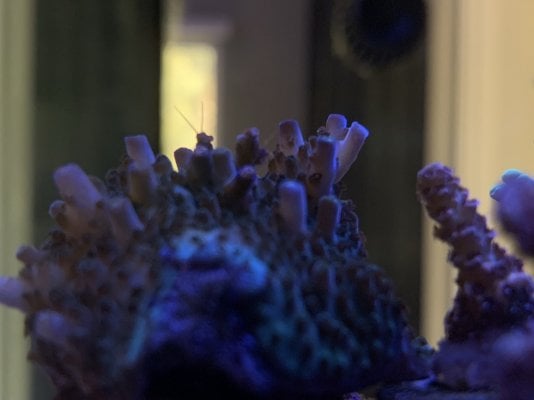vetteguy53081
Well known Member and monster tank lover
View Badges
Partner Member 2024
Excellence Award
Reef Tank 365
RGB
Article Contributor
Tampa Bay Reef Keepers
West Palm Beach Reefer
Hospitality Award
Ocala Reef Club Member
305 Reef Club
Wisco Reefers
Midwest Reefer
Fish Medic
MAC of SW Florida
Rock Pool Reef Keepers
R2R Secret Santa 2023
My Tank Thread
My Aquarium Showcase
Nope. Much nicer citizensGot it! Do they also have bristles that irritate? Wondering for my seahorses. Thanks for all your help!





























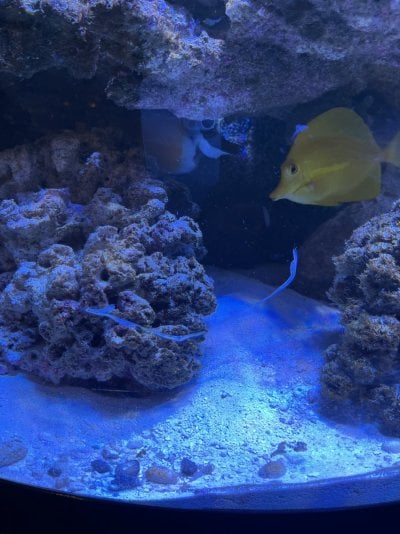
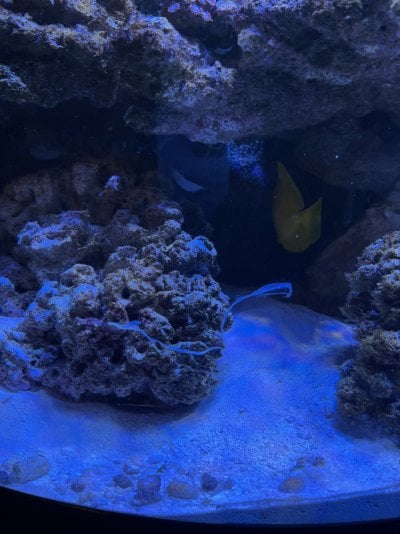
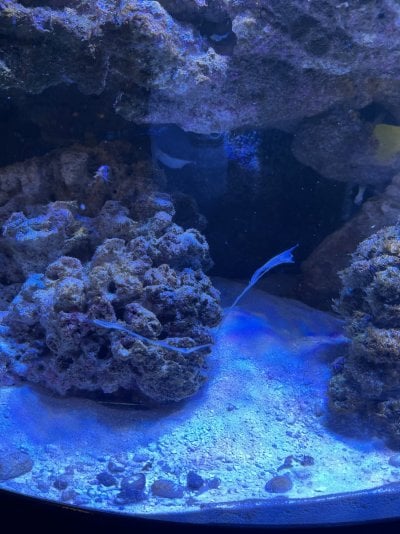
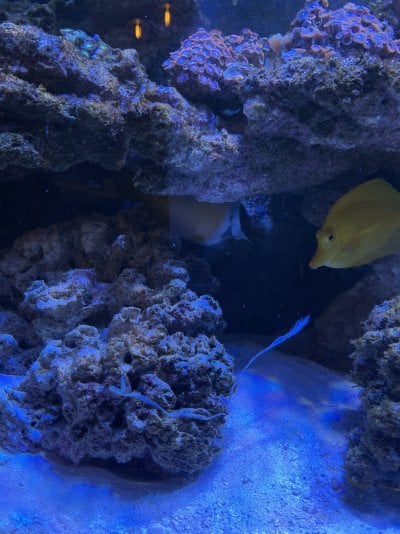



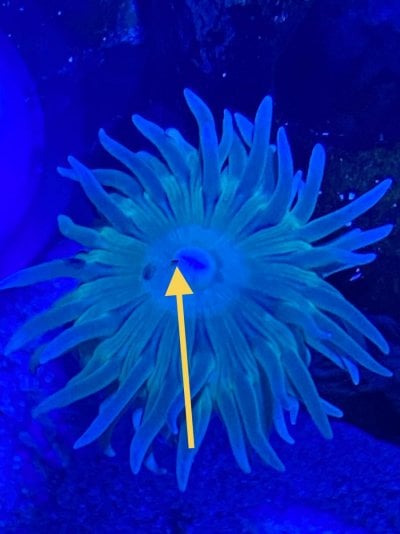
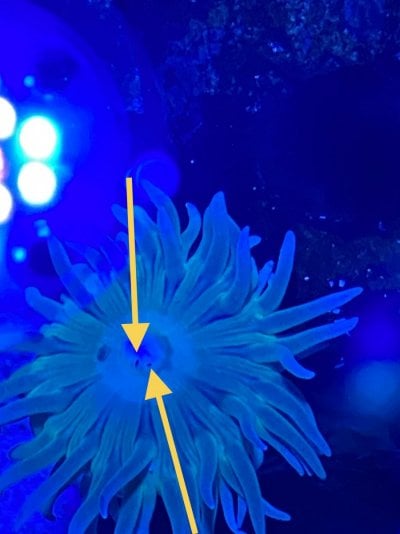

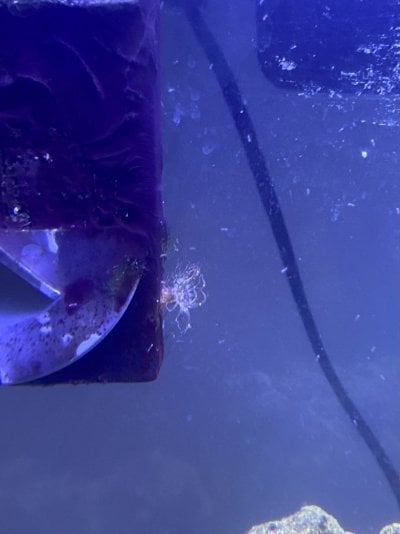
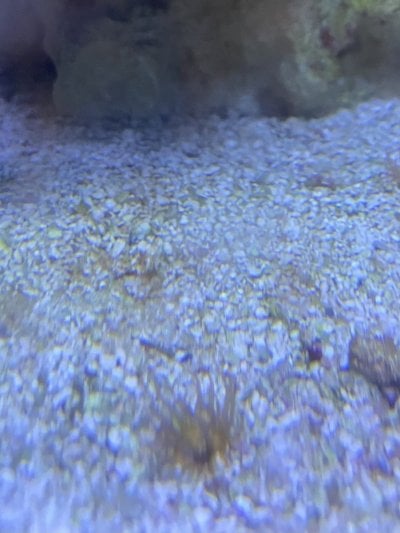
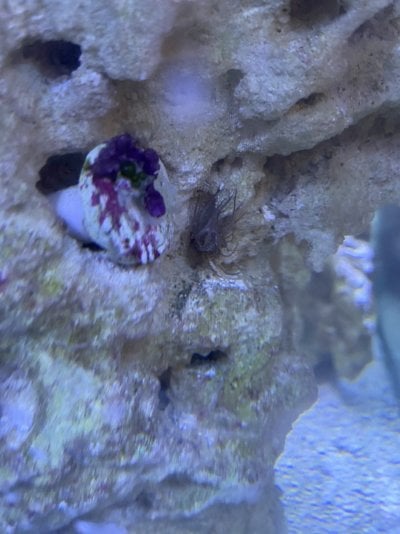
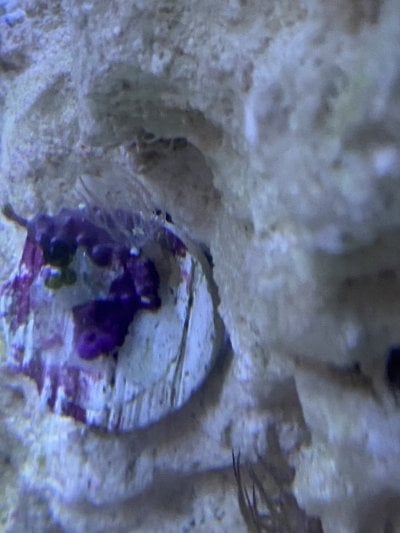
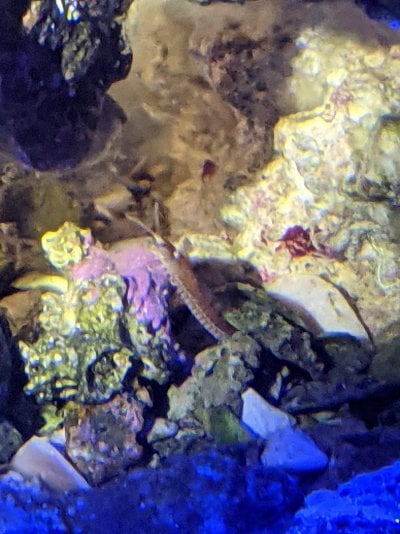
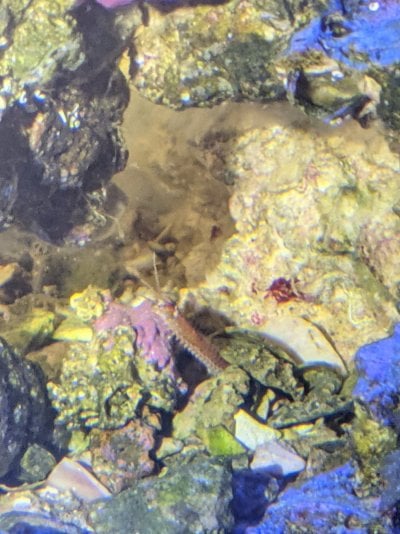
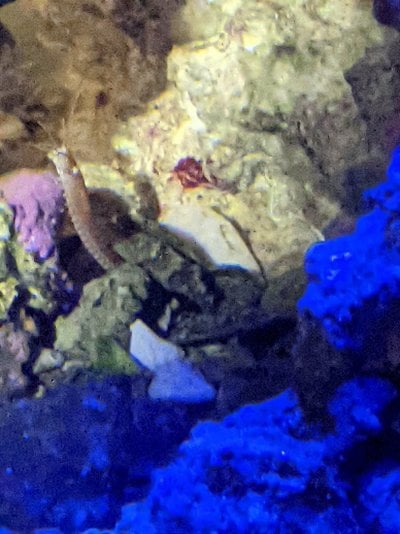
![20210301_105149[1].jpg 20210301_105149[1].jpg](https://test.reef2reef.com/data/attachments/1984/1984377-354a78b8a11bf1920fc646d0babcc6ca.jpg)

